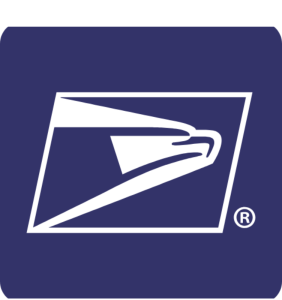
USPS Fake Tracking Number
USPS is one of the largest postal service providers in the United States, and millions of packages are shipped through its network every day. While USPS has an excellent track record in delivering packages, there are instances where people may use fake USPS tracking numbers to send or receive packages. This can lead to problems such as lost packages, delayed deliveries, and fraudulent activities.
This article will explore the topic of USPS fake tracking numbers in detail, including what they are, how to spot them, why people use them, and the consequences of doing so. It will also guide what to do if you receive a package with a fake tracking number, how to report a seller who uses a fake tracking number and the legal implications of using a fake tracking number.
What is a fake USPS tracking number?
A fake USPS tracking number is a tracking number that is either entirely made up or does not correspond to any valid USPS package. These tracking numbers are usually created by scammers or individuals trying to avoid paying postage fees. They can also be generated by sellers who want to trick their buyers into thinking that the package has been shipped when it has not.
Fake tracking numbers can be easily recognized as they usually do not follow the standard format of a USPS tracking number. A valid USPS tracking number typically contains 22 digits for domestic services and starts with two letters, followed by nine numbers, and ends with two letters for international services. It starts with two capital letters like “LH” or “EX,” and the last two letters end with the country code, “US.”
Examples of Real USPS tracking numbers
- 9261 2903 1283 3844 9549 82
- 9405 5092 0556 8364 3947 46
- 9400 1118 9956 2862 1085 32
- LH 195 776 355 US
- UM 900 192 866 US
- LM 333 750 583 US
How do I know if my USPS tracking number is fake?
Several signs can help you determine whether your USPS tracking number is fake or valid.
Firstly, check the format of the tracking number. A valid USPS tracking number will have 22 digits and will follow the format mentioned earlier. If the tracking number does not follow this format or contains a combination of letters and numbers that don’t make sense, it’s likely to be fake.
Secondly, check the tracking information. A valid USPS tracking number will show the updated tracking information for the package, including the date and time of delivery or attempted delivery, the location of the package, and any exceptions that occurred during transit. If the tracking information does not show any updates or has been static for a long time, it could be a sign of a fake tracking number.
Thirdly, try to get USPS tracking on their website or use a third-party tracking website. If the tracking number is fake, it will not correspond to any valid package, and the website will show an error message indicating that the tracking number is invalid.
You can use Ship Resolve to get all the tracking updates you need by simply entering your USPS tracking numbers. Ship Resolve will show you all the tracking information and can detect whether the tracking number is fake or not.

What to do when you receive a USPS fake tracking number
Receiving a package with a fake USPS tracking number can be frustrating, but there are several steps you can take to address the situation. Here’s what to do if you received a fake USPS tracking number:
- Contact the sender of the package and inform them about the fake tracking number. The sender may have made an honest mistake, or they may be unaware that the tracking number is fake. They can help you investigate the issue and provide further information.
- Check the package for any identifying information such as a return address, sender’s name, or any other details that can help you identify the sender. If the package has no return address or identifying information, it’s best to dispose of the package safely.
- Report the incident to USPS. You can do this by visiting your local USPS office or by contacting their customer service center. Provide them with as much information as possible, including the tracking number, package details, and any identifying information you have.
- If you suspect that the package is fraudulent or part of a scam, you should report the incident to the appropriate authorities. This can include local law enforcement, the Federal Trade Commission (FTC), or the Internet Crime Complaint Center (IC3).





